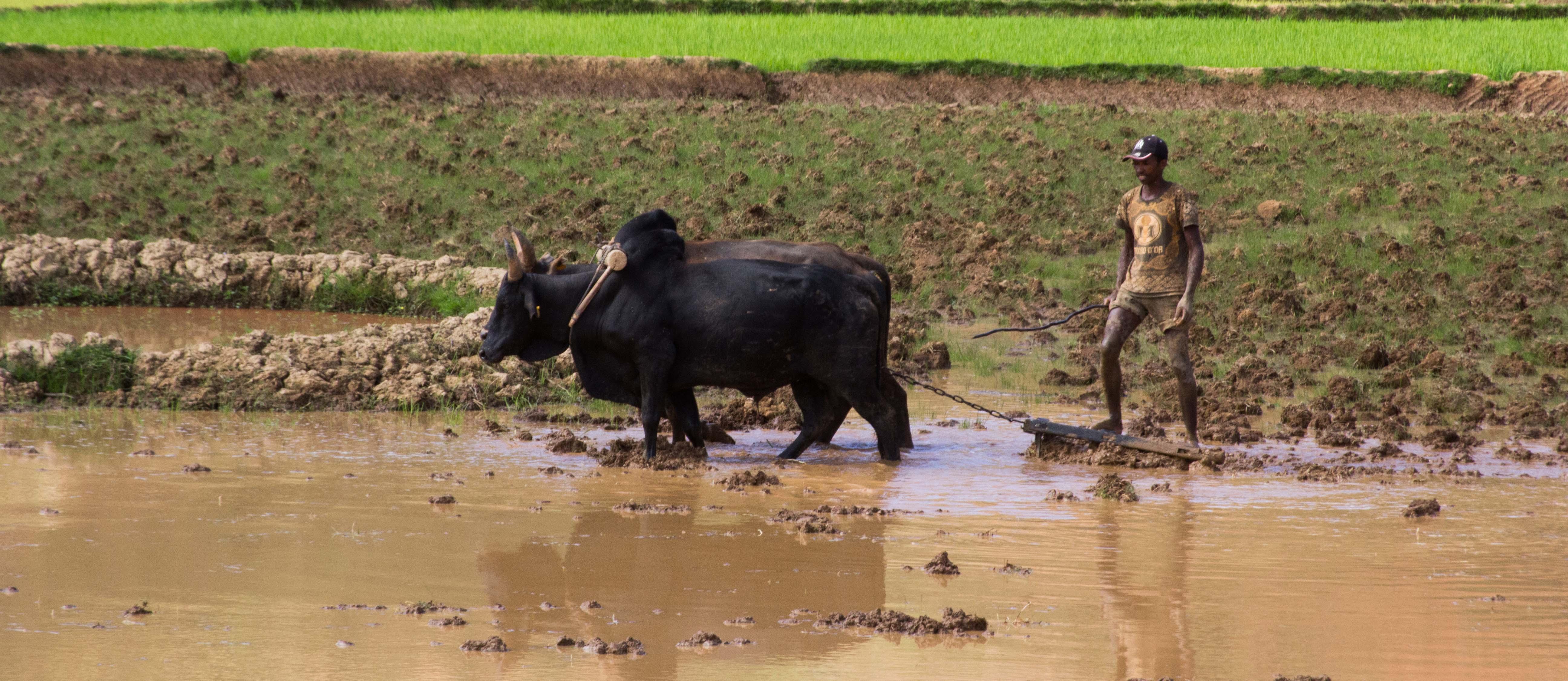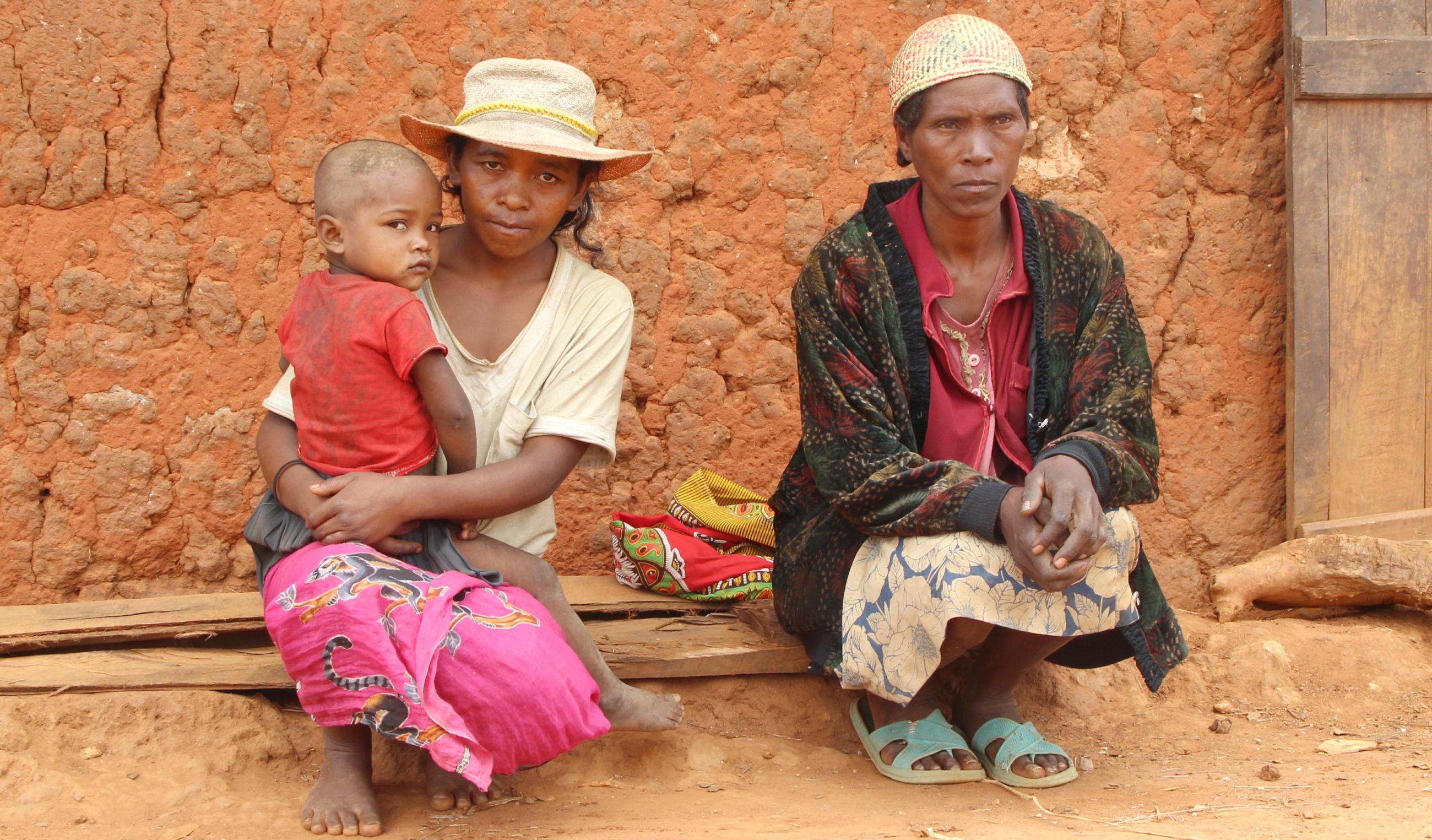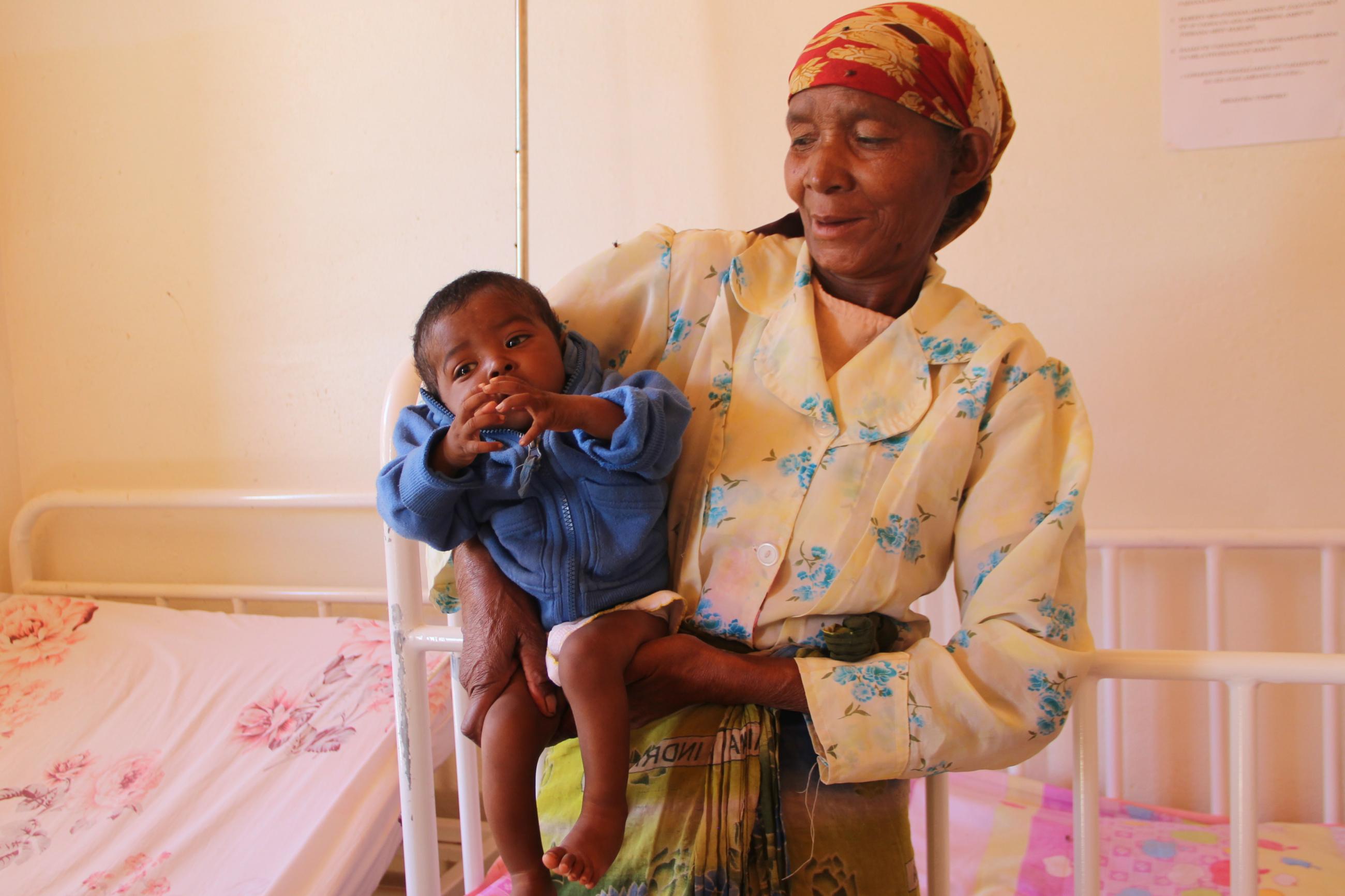 IZ/Tsitohaina Stevenson Rakotoarivonjy
IZ/Tsitohaina Stevenson Rakotoarivonjy
Global poverty: just how unfair is the world?
The various crises in recent years have hit countries in the Global South particularly hard and widened the gap between rich and poor.
- How many people around the world are living in poverty?
- Where are the disparities between rich and poor particularly stark?
- Are poverty figures gender-neutral?
- Have all the poverty programmes of recent decades made so little difference?
- What impact did the COVID-19 pandemic have on global poverty?
- What role does climate change play in relation to poverty?
- Can SDG 1 – No poverty – be achieved by 2030?
How many people around the world are living in poverty?
The World Bank estimates that around 712 million people – approximately 9 per cent of the world’s population – are currently living in extreme poverty. They live on less than USD 2.15 per day.
Just how unfair is the world?
Disparities between and within countries remain stark and have become even more pronounced in recent times. This is the conclusion of the World Bank’s latest World Inequality Report. According to the report, the poorest half of the global population earns just 8.5 per cent of global income, while the top 10 per cent accounts for more than half.
Can the same be said for wealth?
The inequalities here are even more pronounced. The richest 10 per cent own around 76 per cent of global wealth, while the poorest half of the global population own just 2 per cent. The gap between rich and poor has continued to widen in recent years. The five richest men (indeed, all are men) in the world have, in fact, doubled their wealth since 2020.
Where are the disparities between rich and poor particularly stark?
Europe is the most equitable, followed by East Asia and North America. The greatest disparities between rich and poor in terms of income are recorded in North Africa and the Middle East, followed by sub-Saharan Africa and Latin America. Here, the divide is greater within countries than between countries. This means that, at the country level, the gap has closed in the last four decades, whereas disparities within countries have proven more difficult to redress. In fact, they have grown.
 IZ/Tsitohaina Stevenson Rakotoarivonjy
IZ/Tsitohaina Stevenson Rakotoarivonjy
Are poverty figures gender-neutral?
Women are affected by poverty more often and have a smaller share of global income. They currently account for 35 per cent of income, compared with 31 per cent in 1990. Given that they make up 50 per cent of the population, the figure should really be 50 per cent. Little has changed in this regard in the last 30 years. Progress towards achieving gender equality in the foreseeable future is slow. Income inequality between men and women is particularly marked in North Africa and the Middle East, and in Asia.
Have all the poverty programmes of recent decades made so little difference?
They have actually achieved a great deal. Between 1990 and 2019, they reduced extreme poverty from almost 38 per cent to around 9 per cent. At that point, there were 1.3 billion people less living in extreme poverty than there had been 30 years previously. That is a huge success and is also thanks to international support programmes. However, this positive trend was brought to an end by the COVID-19 pandemic.
What impact did the COVID-19 pandemic have on global poverty?
COVID-19 led to the first increase in extreme poverty in decades. Although the pandemic has largely subsided, globally speaking we have not yet seen a return to pre-crisis poverty rates. An estimated 23 million more people (most recent data from 2022) are now living in extreme poverty. This development was mainly driven by sub-Saharan Africa and other fragile areas, many of which have been affected by crisis. A different picture emerges for the wealthy parts of the world. The figure there has returned to the pre-pandemic level.
 IZ/Tsitohaina Stevenson Rakotoarivonjy
IZ/Tsitohaina Stevenson Rakotoarivonjy
Are wealth and income a good measure of inequality and poverty?
Poverty should be examined from various perspectives and not based solely on financial criteria, although these are certainly important. This approach is known as multidimensional poverty as it takes into account factors such as lack of education, health or access to social protection in addition to insufficient income.
How high is poverty using this approach?
Significantly more people are living in multidimensional poverty than in extreme, monetary poverty. It is currently estimated that approximately 1.1 billion people, including almost 570 million children, are affected by this. They are not getting enough education, do not have adequate housing, or lack toilets and washing facilities, for example. Living in such conditions makes it extremely difficult to develop prospects for a better future. Most of those affected live in sub-Saharan Africa or South Asia.
What role does climate change play in relation to poverty?
Poor people are especially vulnerable to the effects of global warming. This is due to geographical factors, but also to social ones. For instance, poor people are less able to protect themselves from flooding or heat. This is particularly unjust given that they have contributed the least to climate change. The 74 poorest countries emit just 10 per cent of all greenhouse gases but have to face the consequences to a much greater extent. Without consistent climate action, poverty rates will increase by the middle of the century.
Can SDG 1 – No poverty – be achieved by 2030?
Without significant changes, neither monetary nor multidimensional poverty will be eradicated by 2030. Progress is not fast enough for this, especially considering that the numbers have deteriorated in parts of the world recently.
What factors are key to eradicating poverty?
Poverty is a complex phenomenon and therefore cannot be solved with one-dimensional measures. But it is undisputed that access to social protection, education and fair employment – ‘decent work’ – can make a significant contribution to breaking free from poverty.